Talk Overview
Janet Iwasa recalls the animation that first led her to realize how much more information can be included in an animation compared to a static image. She explains that cell biology animation can provide a visualization of a hypothesis and bring together structural data, protein-protein interactions and dynamic information in a process that often helps researchers refine their models.
Speaker Bio
Janet Iwasa

While completing her PhD in cell biology at the University of California, San Francisco, Janet Iwasa began taking classes in animation. She honed her skills as a molecular animator during her post-doctoral fellowship and she has since joined forces with researchers to make animations of various biological processes. Iwasa joined the faculty at Harvard Medical… Continue Reading
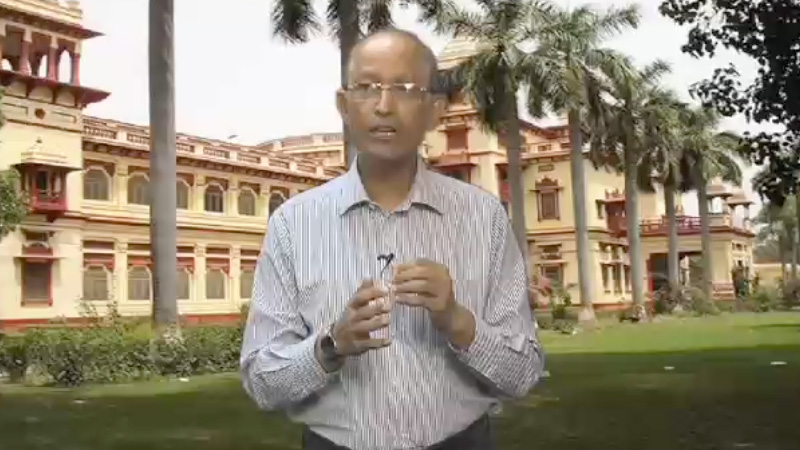
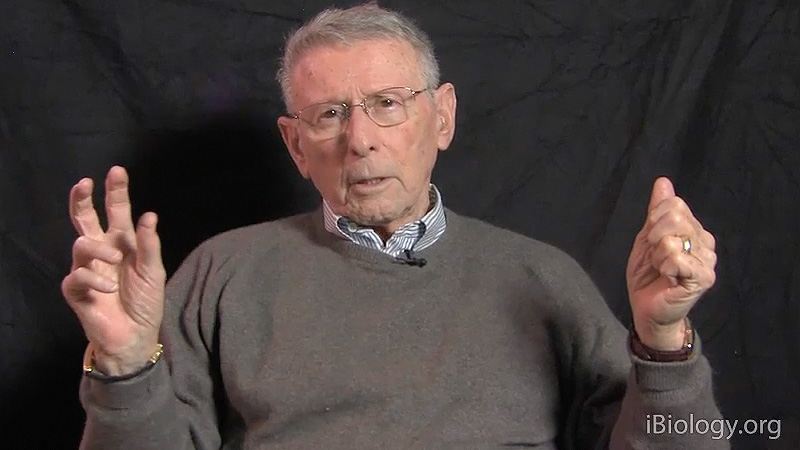
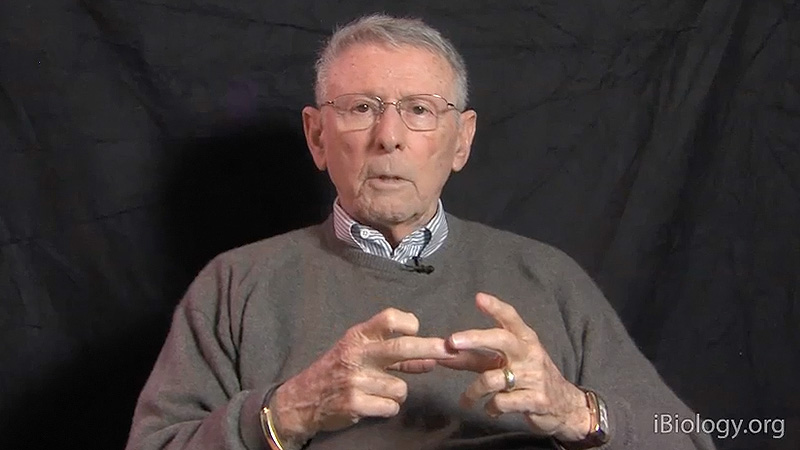
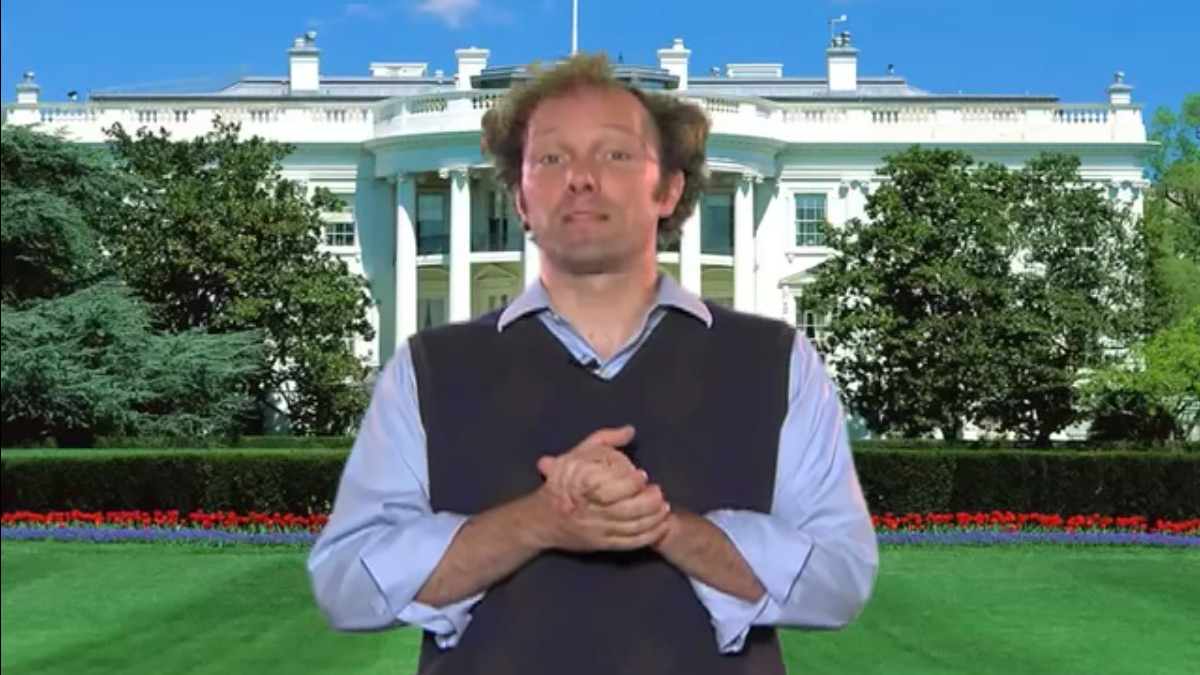
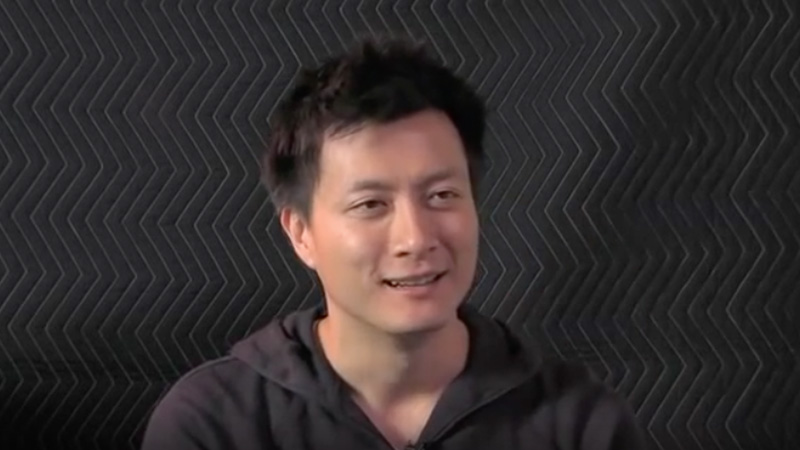
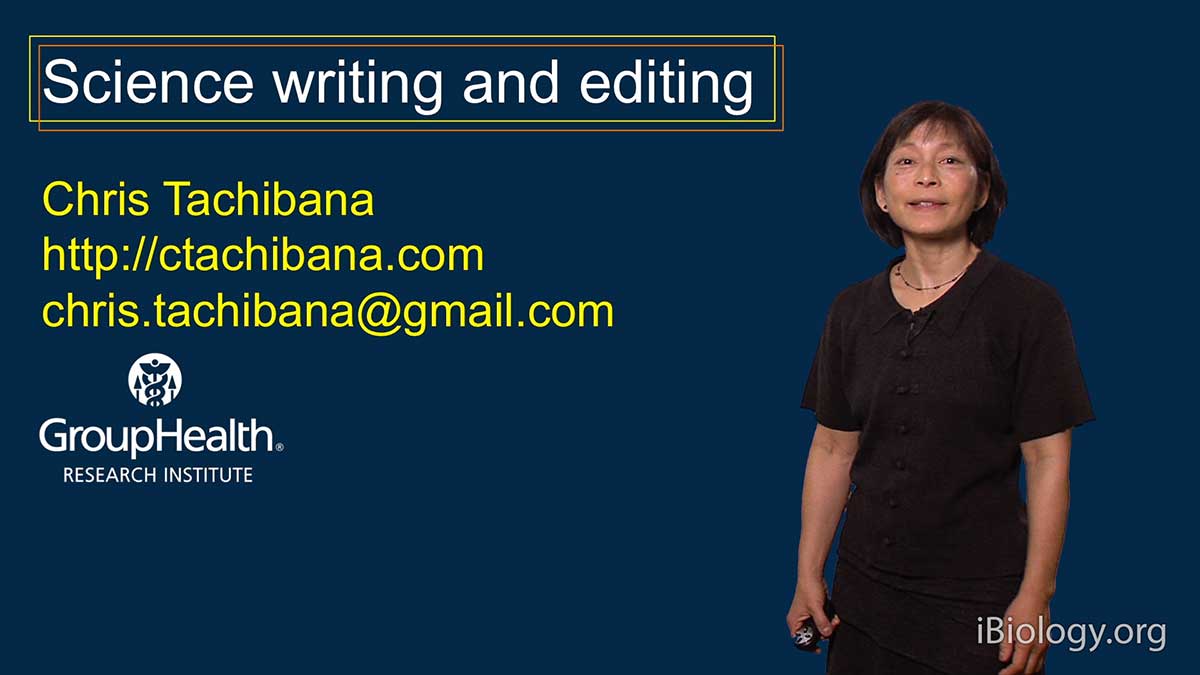
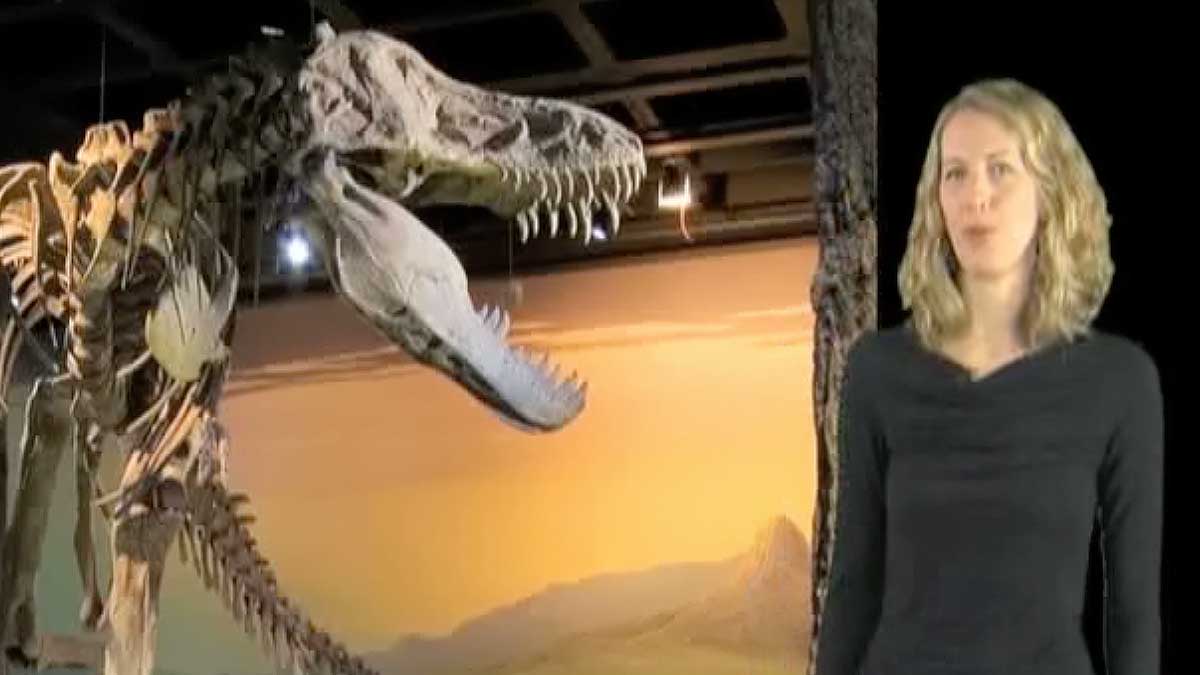





Lewis Coleman, MD says
Dear Janet,
You may be what I need to illustrate the books I am preparing for publication plus my website, http://www.stressmechanism.com. I have discovered and described the “mammalian stress mechanism” that was the primary objective of medical research for about thirty years after Watson and Crick discovered the DNA mechanism. As long anticipated during the (now forgotten) era of stress theory, the stress mechanism functions as a “companion mechanism” that works intimately with chromosomal DNA to convert the “genetic blueprint” into embryological development, and then remains active for the duration of life to repair tissues and regulate physiology. The stress mechanism normally operates efficiently and unobtrusively but in the presence of unremitting, severe combinations of stresses, it can exhibit “positive feedback” that overwhelms “negative feedback”, whereupon it consumes and wastes ATP energy and substrates, and produces excessive quantities of its normally beneficial products, so as to cause the manifestations of disease. Thus, the discovery and description of the stress mechanism is potentially revolutionary. It confers a unified theory of medicine, a fresh theory of anesthesia, analgesia and allostasis, and a unified theory of biology that explains anatomy, intelligence, ethology, embryology, evolution, taxonomy, the Cambrian Explosion, and dinosaurs. The unified theory of medicine suggests that a single treatment regimen can control and cure any and all forms of disease by restoring homeostasis and normal stress mechanism activity, and thereby restoring effective physiological function. The unified theory of biology suggests how advancing computer technology can de-code the genome to reveal how it actually enables evolution, with implications that presently reside in the realm of science fiction. If you or any of your associates might be interested in developing animations that can help to explain the operation of the stress mechanism, please contact me.